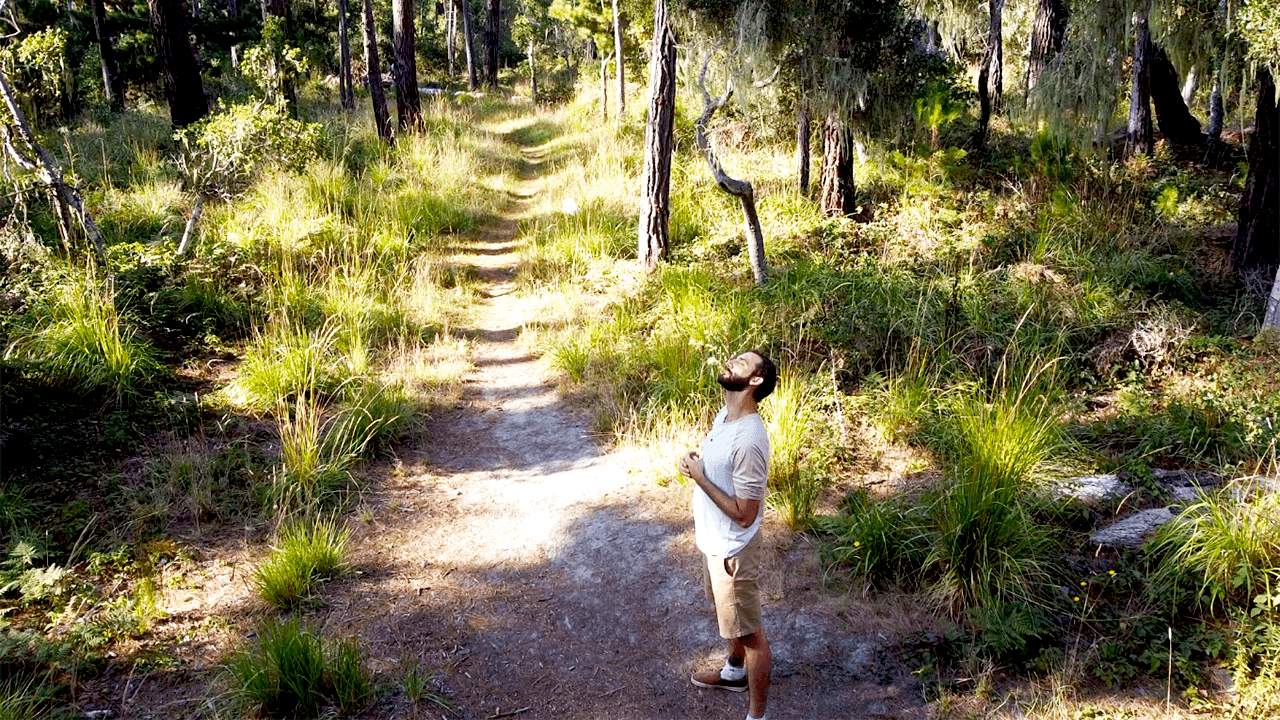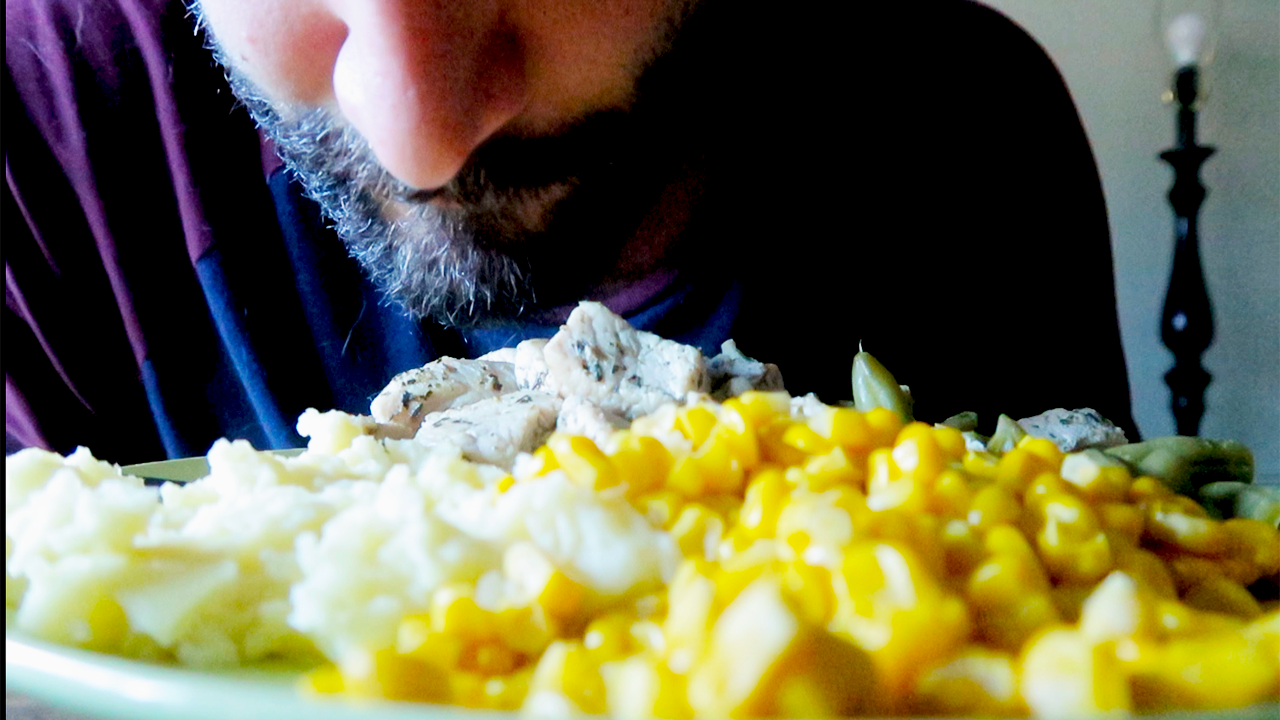
How to Reconnect with the Senses to Write More Vivid Detail
With National Novel Writing Month just around the corner, you may be looking to reconnect with your senses before you write out your book.
If you're like me, you're an even mixture of nervous and ready to tackle that next month.
There's plenty about how to write a book all over this website, but today, we're going to talk about connecting with sensory details.
That being said, welcome to another post Write On In. My name, for those of you who do not know, is Andrew J. Stillman, and I know sensory details can be a bit elementary.
The thing is, since everybody knows what sensory details are, I find that they're oftentimes overlooked. People tend to have this, "Oh, I already know what it is," idea, and they don't actually practice staying connected with their senses.
So, quick little kindergarten recap, just in case you do not know.
The five senses are: Sight, Sound, Smell, Taste, and Touch.
Lesson over.
Nah, I'm just kidding! It wouldn't be any fun that way.
If you watch the video with today's post, everything I did for the following exercises was shot via my new DJI Mavic Mini. I'd also like to thank my friend Daniel for helping me out with the footage outside. Check out his Youtube Channel, TheTravelinDude for some killer footage and the trailer for his tear-jerking documentary, We're All in This Together.
Before we get started, if you haven't already, please take a moment to hit that little subscribe button, so we can all go through NaNo together next month.
All of that now out of the way, just without further ado, let's get Write On In.
1. Sight Exercise
Perhaps, like me, you'll benefit from taking this outside.
Connecting with nature, and peace.
Close your eyes as you become aware of your surroundings.
Pause. Reconnect.
And take a walk.
What do you feel?
Can you smell anything?
What can you hear?
Pause again.
Feel the sun, the warmth of the breeze on your skin.
And carry on.
Connecting with every sense, reflecting on your journey.
Write out your experience.
2. Sound Exercise
Perhaps again benefiting from nature, first, drawn out the sound of the world.
Continue with your walk, perhaps right after your sight exercise.
What's different now that you can see, but cannot hear?
Do you feel more connected? At peace?
Aware of your surroundings?
Perhaps now, you can even feel the vibration of the trees.
Wherever you are, whatever you do,
Whenever you go to write out your experience,
Just remember to connect.
3. Smell Exercise
Ideally, next I would have you get a cologne or a perfume bottle, or a scented candle, diffuser for essential oils, or something like that.
Plug your nose.
Focus first on the sense of taste.
Can you taste the smell?
For sight, if it's a perfume or cologne bottle, describe it.
Does it smell how it looks?
Same for a candle or an oil.
If it is a candle, can you hear the faintest little sizzle of the flame as it burns away the wick?
How does the melted wax feel as it twists and molds the shape of the candle?
What about a character arc for the candle?
How has it changed by the time it's all gone?
There's always a story hidden somewhere…
4. Taste Exercise
With your tongue either hanging freely in your mouth, or taking a mouthful of water and holding it there, first, write about the idea of the sensation of not being able to taste a thing.
If you do have water in your mouth, focus on the tastelessness of it.
The idea of something existing in your mouth that you cannot taste.
With food in front of you -- hopefully something aromatic -- do the opposite that you did for smell.
Can you taste the food through the nasal passage?
Explain, even silently to yourself, what you see with the eyes.
Depict any sizzle or spat that may come from the food if it's hot.
How the food itself, or the plate you're holding, feels in your hand.
Take a bite with your nose open, and another with it plugged.
Spend a minute focusing on the smell-taste connection.
Reflect on how the taste does or does not change with the removal of your nose.
5. Touch Exercise
To the best of your abilities, sit in a chair, raise your arms, maybe your legs, as well, or sit in a place high enough to let your legs dangle.
Focus on the idea of the weightlessness in your hands.
Think about what it might be like if you were missing a hand or a foot or any other limb.
How would that affect your sense of touch?
If your character has the ability to fly, then this is also a great time to reflect on the idea of total weightlessness.
The ability to actually defy gravity, how it might feel to have the air at your disposal.
Focus on your fingerprints.
If you put your hand on your face, do your fingers respond to your forehead differently than your palm?
How does that make you feel?
Was it something you might not have noticed if you hadn't focused on it?
Final Thoughts
And there we have it, friends!
Five little exercises for you to reconnect with your senses.
You don't have to do them exactly as I just did, obviously, but spend some time just playing around with your senses. Paying attention to the other senses around it, just to see how your senses heighten and decrease based on what you add and subtract from it.
I had a great time with this video today, so if you watched it, thanks, and I hope that you've had some fun connecting with your senses, as well. I have one video left on Thursday to wrap up the month and announce what I've got planned for next month, besides just writing my book.
Aaah.
I don't know about you, but I'm definitely ready to get write on over National Novel Writing Month.
But before we do that, we have to get write on in to it, so, I hope you're as ready as I am.
See you on Thursday!





